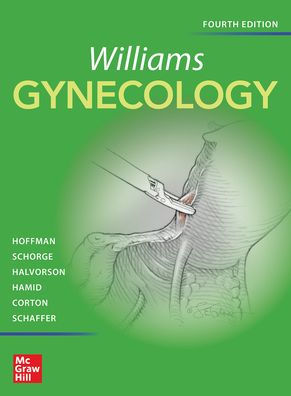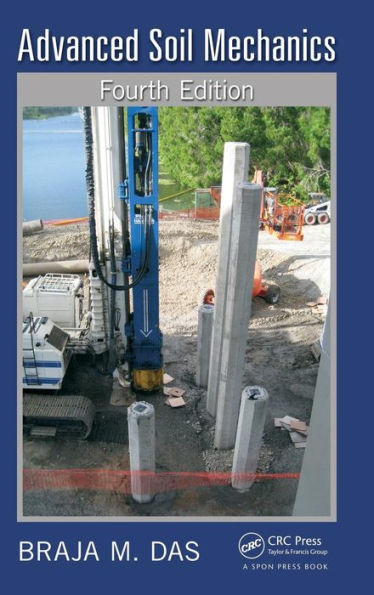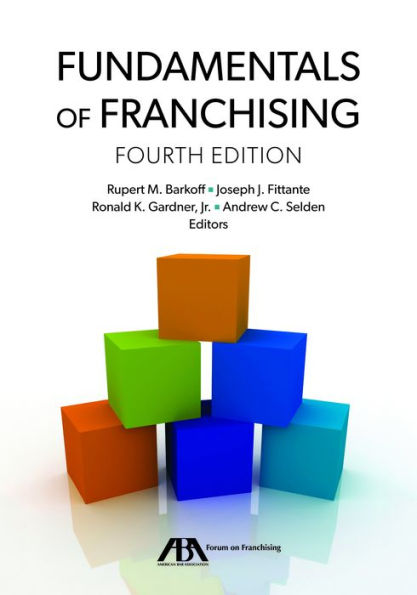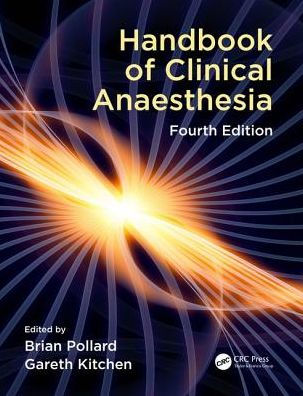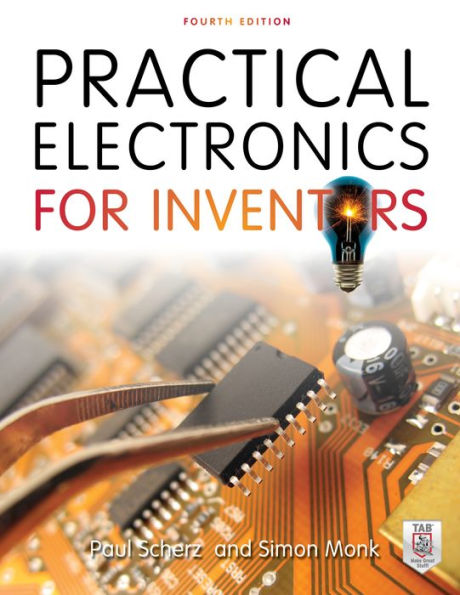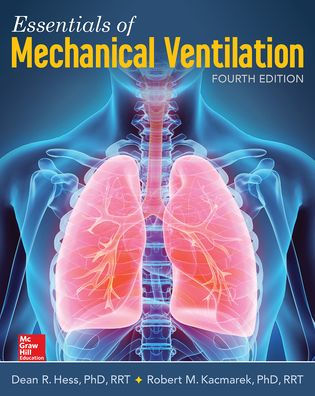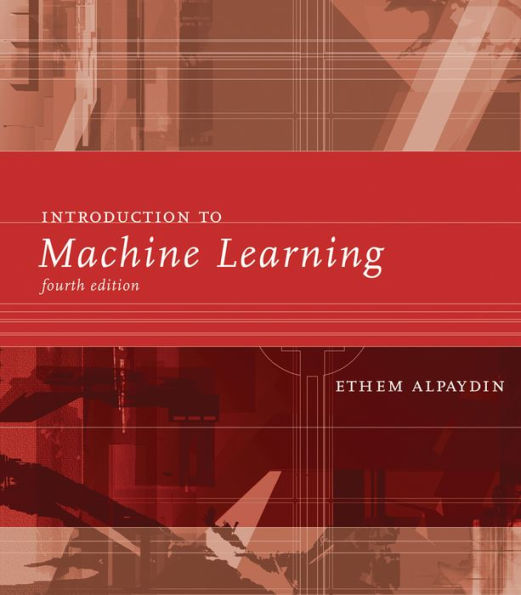Home
Tuning and Control Loop Performance, Fourth Edition / Edition 4
Barnes and Noble
Loading Inventory...
Tuning and Control Loop Performance, Fourth Edition / Edition 4
Current price: $150.00
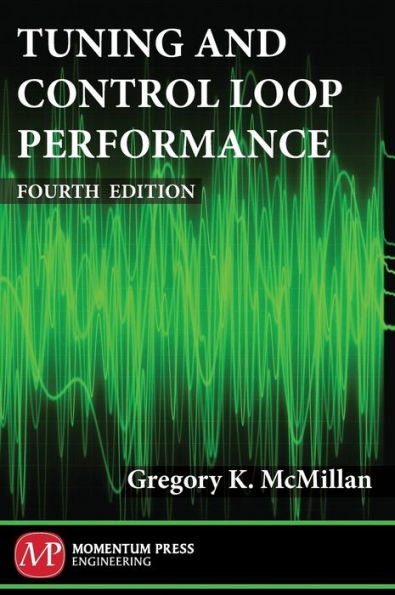
Barnes and Noble
Tuning and Control Loop Performance, Fourth Edition / Edition 4
Current price: $150.00
Loading Inventory...
Size: OS
*Product information may vary - to confirm product availability, pricing, shipping and return information please contact Barnes and Noble
Tuning and Control Loop Performance, Fourth Edition
provides the knowledge to eliminate the misunderstandings, realize the difference between theoretical and industrial application of PID control, address practical difficulties, improve field automation system design, use the latest PID features, and ultimately get the best tuning settings that enables the PID to achieve its full potential.
The proportional-integral-derivative (PID) controller is the heart of every control system in the process industry. Given the proper setup and tuning, the PID has proven to have the capability and flexibility needed to meet nearly all of industry's basic control requirements.
However, the information to support the best use of these features has fallen behind the progress of improved functionality. Additionally, there is considerable disagreement on the tuning rules that largely stems from a misunderstanding of how tuning rules have evolved and the lack of recognition of the effect of automation system dynamics and the incredible spectrum of process responses, disturbances, and performance objectives.
provides the knowledge to eliminate the misunderstandings, realize the difference between theoretical and industrial application of PID control, address practical difficulties, improve field automation system design, use the latest PID features, and ultimately get the best tuning settings that enables the PID to achieve its full potential.
The proportional-integral-derivative (PID) controller is the heart of every control system in the process industry. Given the proper setup and tuning, the PID has proven to have the capability and flexibility needed to meet nearly all of industry's basic control requirements.
However, the information to support the best use of these features has fallen behind the progress of improved functionality. Additionally, there is considerable disagreement on the tuning rules that largely stems from a misunderstanding of how tuning rules have evolved and the lack of recognition of the effect of automation system dynamics and the incredible spectrum of process responses, disturbances, and performance objectives.
Tuning and Control Loop Performance, Fourth Edition
provides the knowledge to eliminate the misunderstandings, realize the difference between theoretical and industrial application of PID control, address practical difficulties, improve field automation system design, use the latest PID features, and ultimately get the best tuning settings that enables the PID to achieve its full potential.
The proportional-integral-derivative (PID) controller is the heart of every control system in the process industry. Given the proper setup and tuning, the PID has proven to have the capability and flexibility needed to meet nearly all of industry's basic control requirements.
However, the information to support the best use of these features has fallen behind the progress of improved functionality. Additionally, there is considerable disagreement on the tuning rules that largely stems from a misunderstanding of how tuning rules have evolved and the lack of recognition of the effect of automation system dynamics and the incredible spectrum of process responses, disturbances, and performance objectives.
provides the knowledge to eliminate the misunderstandings, realize the difference between theoretical and industrial application of PID control, address practical difficulties, improve field automation system design, use the latest PID features, and ultimately get the best tuning settings that enables the PID to achieve its full potential.
The proportional-integral-derivative (PID) controller is the heart of every control system in the process industry. Given the proper setup and tuning, the PID has proven to have the capability and flexibility needed to meet nearly all of industry's basic control requirements.
However, the information to support the best use of these features has fallen behind the progress of improved functionality. Additionally, there is considerable disagreement on the tuning rules that largely stems from a misunderstanding of how tuning rules have evolved and the lack of recognition of the effect of automation system dynamics and the incredible spectrum of process responses, disturbances, and performance objectives.
